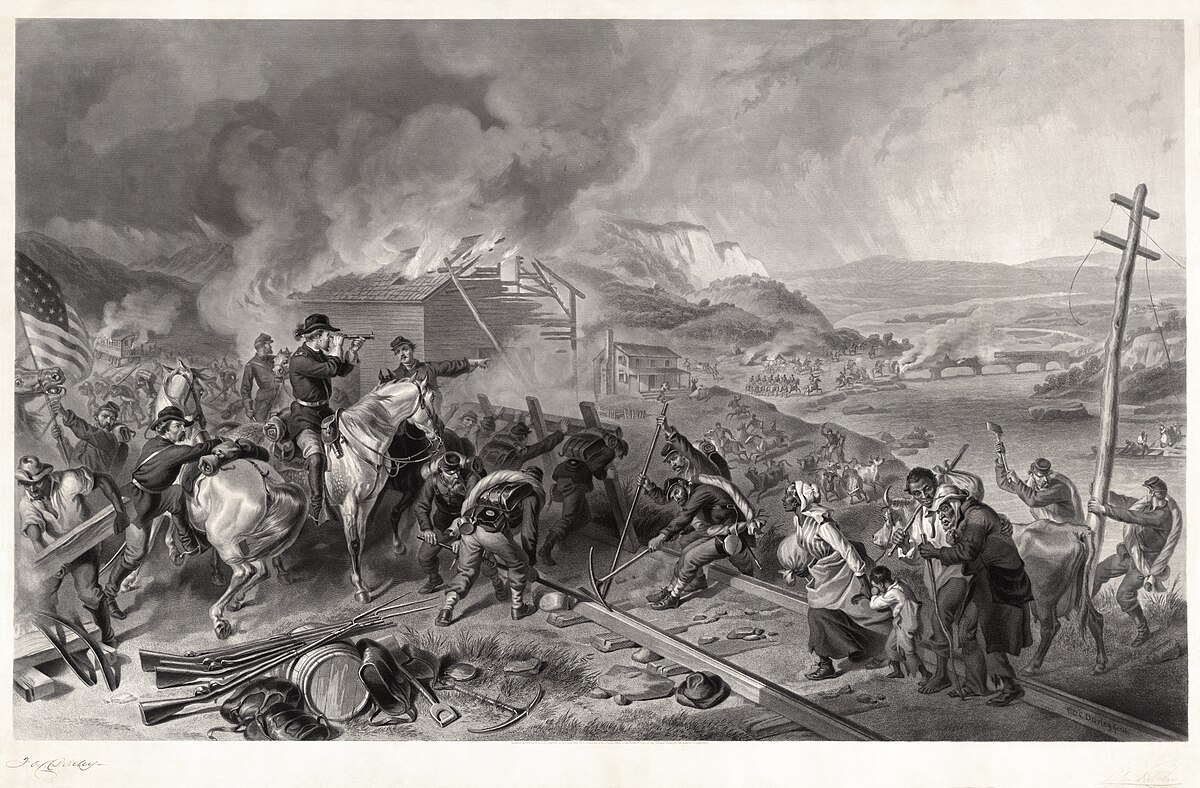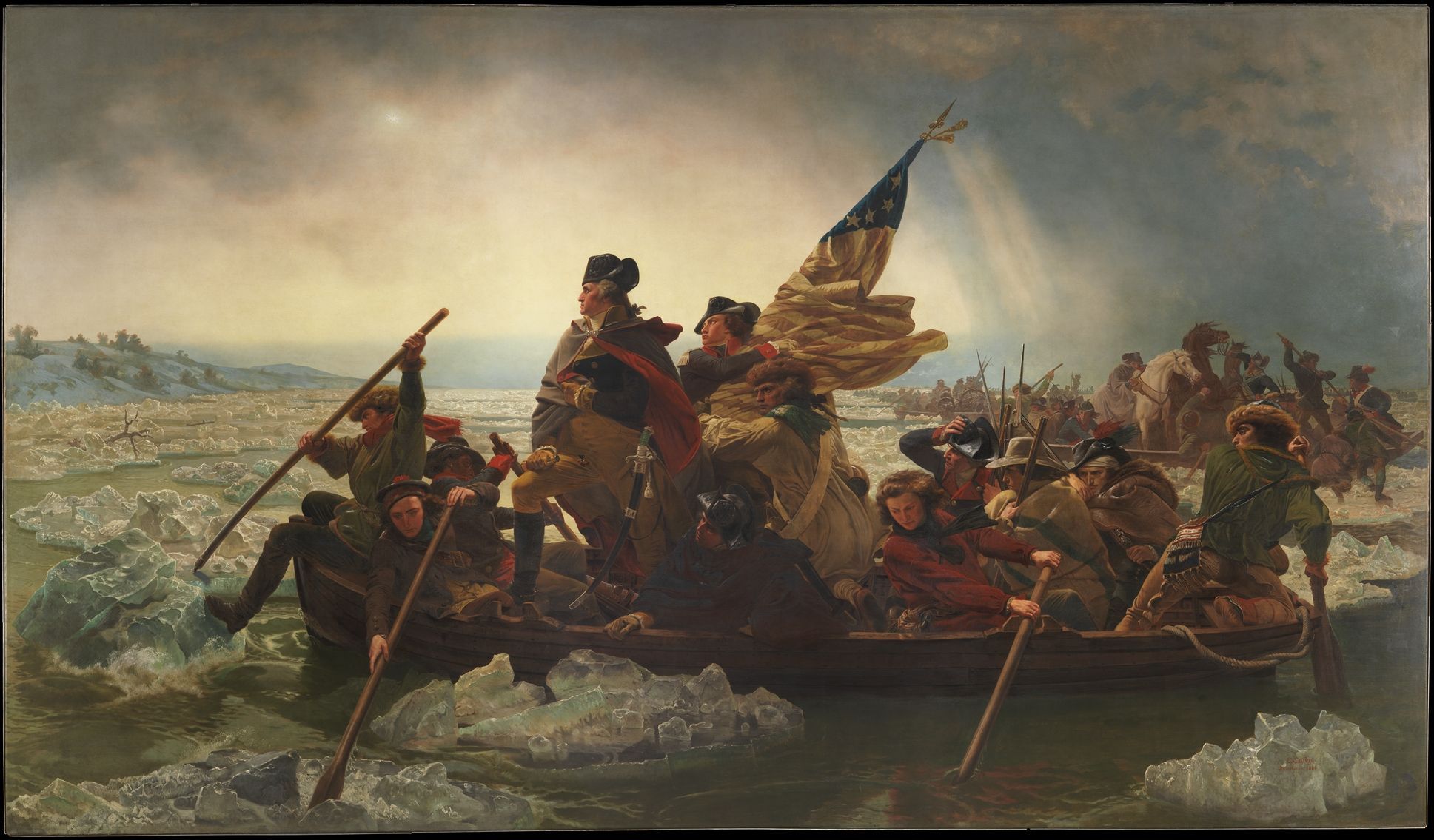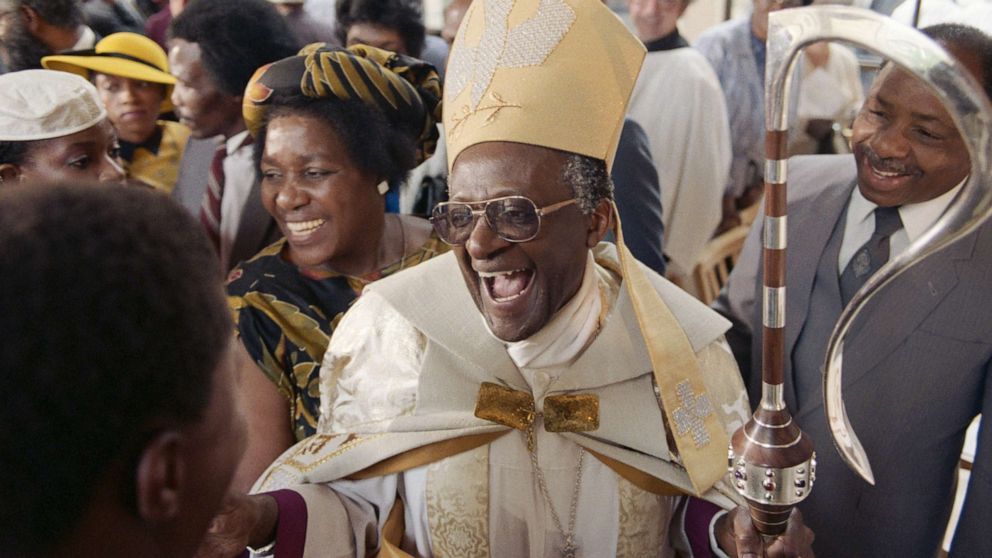cannabineer
Ursus marijanus
She was doing so well, and then she blew it.Bill would have been fine if Monica just kept her mouth shut...
She was doing so well, and then she blew it.Bill would have been fine if Monica just kept her mouth shut...

1988 - Paul Jeffreys
On December 21, 1988, Pan Am Flight 103 from London to New York explodes in midair over Lockerbie, Scotland, killing all 243 passengers and 16 crew members aboard, as well as 11 Lockerbie residents on the ground. A bomb hidden inside an audio cassette player detonated in the cargo area when the plane was at an altitude of 31,000 feet. The disaster, which became the subject of Britain’s largest criminal investigation, was believed to be an attack against the United States. One hundred eighty nine of the victims were American.
Islamic terrorists were accused of planting the bomb on the plane while it was at the airport in Frankfurt, Germany. Authorities suspected the attack was in retaliation for either the 1986 U.S. air strikes against Libya, in which leader Muammar al-Qaddafi’s young daughter was killed along with dozens of other people, or a 1988 incident, in which the U.S. mistakenly shot down an Iran Air commercial flight over the Persian Gulf, killing 290 people.
Sixteen days before the explosion over Lockerbie, the U.S. embassy in Helsinki, Finland, received a call warning that a bomb would be placed on a Pan Am flight out of Frankfurt. There is controversy over how seriously the U.S. took the threat and whether travelers should have been alerted, but officials later said that the connection between the call and the bomb was coincidental.
In 1991, following a joint investigation by the British authorities and the F.B.I., Libyan intelligence agents Abdel Basset Ali al-Megrahi and Lamen Khalifa Fhimah were indicted for murder; however, Libya refused to hand over the suspects to the U.S. Finally, in 1999, in an effort to ease United Nations sanctions against his country, Qaddafi agreed to turn over the two men to Scotland for trial in the Netherlands using Scottish law and prosecutors. In early 2001, al-Megrahi was convicted and sentenced to life in prison and Fhimah was acquitted. Over the U.S. government’s objections, Al-Megrahi was freed and returned to Libya in August 2009 after doctors determined that he had only months to live. In December 2020, reports surfaced that the U.S. Justice Department would unseal criminal charges in against another suspect in the bombing, Abu Agila Mas’ud.
In 2003, Libya accepted responsibility for the bombing, but didn’t express remorse. The U.N. and U.S. lifted sanctions against Libya and Libya agreed to pay each victim’s family approximately $8 million in restitution. In 2004, Libya’s prime minister said that the deal was the “price for peace,” implying that his country only took responsibility to get the sanctions lifted, a statement that infuriated the victims’ families. Pan Am Airlines, which went bankrupt three years after the bombing, sued Libya and later received a $30 million settlement.
PAN AM FLIGHT 103 INVESTIGATION AND LESSONS LEARNED
US Gov Justice Dept. Indictment PanAm 103

Libya considers extraditing alleged Lockerbie bomb-maker
Abu Agila Masud is accused of packing explosives into a suitcase that downed Pan Am Flight 103, in charges brought by the USwww.telegraph.co.uk




This tragedy reached all the way to the sandhill. You see, back then I still smoked good cigars. . . . .
"A powerful earthquake off the coast of Sumatra, Indonesia, on December 26, 2004 sets off a tsunami that wreaks death and devastation across the Indian Ocean coastline. The quake was the second strongest ever recorded and the estimated 230,000 dead made this disaster one of the 10 worst of all time.
It was 7:58 a.m. when the tremendous quake struck beneath the Indian Ocean 160 miles west of Sumatra. Not only did it register at approximately a 9.3 magnitude (only the 1960 Chile earthquake measured higher at 9.5, though there may have been stronger tremors prior to the invention of seismographic equipment) and last nearly 10 minutes, the quake moved a full 750 miles of underwater fault line earth up to 40 feet. The movement of the earth–there is evidence that huge boulders weighing thousands of tons were pushed several miles along the ocean floor–caused a massive displacement of water. It is estimated that the resulting tsunami had two times the energy of all the bombs used during World War II.
Within 15 minutes, tsunami waves were crashing the coast of Sumatra. At the north end of the island was a heavily populated region known as Aceh. There, waves reached 80 feet high over large stretches of the coast and up to 100 feet in some places. Entire communities were simply swept away by the water in a matter of minutes. The death toll in Indonesia is estimated at between 130,000 and 160,000 people, with an additional 500,000 people left homeless. About a third of the victims were children.
The huge waves missed the coast of Indonesia on the north side and went on to Thailand, where between 5,000 and 8,000 people died. The tsunami also moved east across the Indian Ocean. In Sri Lanka, the tsunami came ashore about 90 minutes after the earthquake. Although the waves were not as high as in Aceh, they still brought disaster. Approximately 35,000 people lost their lives and half a million others lost their homes. In addition, about 15,000 people died in India. The killer waves even reached 5,000 miles away in South Africa, where two people perished.
In total, about 190,000 people are confirmed dead with another 40,000 to 45,000 missing and presumed dead. Although billions of dollars of humanitarian aid poured in to the affected region in the aftermath of the disaster–an estimated $7 billion within the first 18 months—some areas are still suffering from the massive devastation."


RIP John, there will never be an equal. I miss the sweat factor and field goal doinks.

NFL legend John Madden dies at 85
The NFL announced Madden, the icon known for being the Raiders' longtime head coach as well as for his broadcasting career and the video game series that bore his name, died "unexpectedly" according to the league.www.yahoo.com

Are you planning on taking tomorrow off? It is understandable if you do want a day off every now and then. You just need to let us know so we can prepare ourselves.
On December 31, 1935, . . . . . . . . . .
Are you planning on taking tomorrow off? It is understandable if you do want a day off every now and then. You just need to let us know so we can prepare ourselves.


